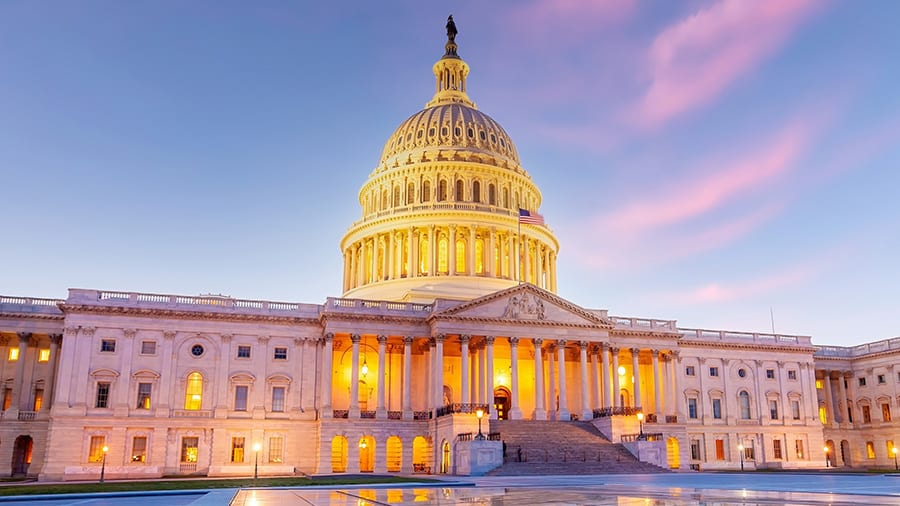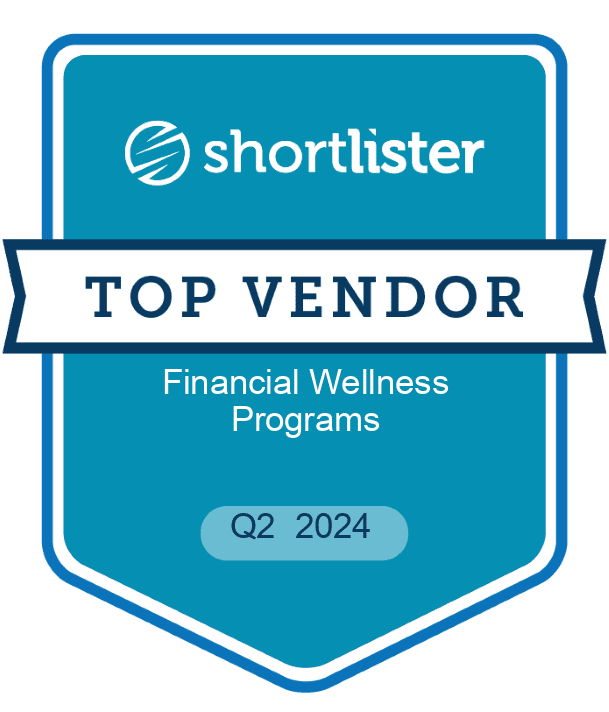Secure Act 2.0: Considerations for HR & Benefits Professionals
Many employees are not saving enough for retirement. In this article, we will review different provisions of the Secure Act 2.0 that influence employers and the retirement plans they sponsor, and how employers that act now can stand out in their industries.

The Problem: Many employees are not saving enough for retirement. According to one of the Census Bureau’s annual surveys, the median value of 401(k) style accounts was $30,000.¹ Also, it is becoming apparent that the Social Security program will provide less retirement income than what many people will need. In June of 2022, the Social Security and Medicare Trustees released their annual reports, which showed that these critical programs are on an unsustainable path.²
Congress Has Taken Action: The Secure Act 2.0 is intended to make it easier for the average American to save for retirement. In this article, we will review different provisions of the Act that influence employers and the retirement plans they sponsor.
Employers That Act Now Can Stand Out in Their Industries: For employees to increase their retirement savings, they might have to:
- Recognize the urgency of their retirement funding problem,
- Assess and then adjust their spending and savings practices, and
- Take advantage of enhancements to employer-sponsored retirement plan services as they become available.
To immediately address the first two points, organizations already partnered with My Secure Advantage (MSA) are encouraging employees to attend retirement planning education events and work with a Money Coach to create a personalized action plan.
When employees work with a Money Coach, on average, they increase the allocation of their monthly salary to retirement savings by 4.4%!³
MSA also helps employees become aware of and plan to take advantage of the Secure Act provisions as employers introduce them. Below are a few of the provisions of the Secure Act that go into effect between 2023 and 2027.
Provisions That Go Into Effect in 2023
- Match and non-elective contributions can now be Roth.
- Employers can offer small financial incentives, such as gift cards or t-shirts, to help boost employee participation in retirement savings plans.
- Expansion of exceptions to paying a 10% early withdrawal penalty from retirement accounts.
Provisions That Go Into Effect in 2024 & Beyond
The following provisions will likely have the most impact on younger generations of employees:
- Student loan payments become eligible for 401(k) match treatment by employers.
- According to the Pew Research Center, 49% of young adults with a bachelor’s degree (or more education) have outstanding student loan debt.⁴ Employers that provide some level of matching student loan payments with retirement plan contributions can attract and retain younger-generation employees.
- Employers can offer emergency savings accounts as part of their retirement plan. Participants can be automatically enrolled at up to 3% of their pay — with the ability to opt-out — and after-tax contributions are capped at $2,500.
- According to a recent study from the Consumer Financial Protection Bureau, “Two-thirds (68 percent) of consumers with no emergency savings report that finances control their lives often or always.”⁵
- All new retirement plans after December 31, 2024, require employers to auto-enroll their employees and allow employees to opt out. It also includes an escalation provision that calls for a 1% increase in an employee’s contribution every year until a maximum is reached.
- Beginning January 1, 2025, 401(k) and 403(b) “catch-up” limits will increase for employees between the ages of 60-63.
Recommended Actions for Employers
- Work with your plan administrator(s) to determine the timing and costs associated with implementing these different provisions.
- Partner with MSA to implement education programs on the importance of retirement planning. Also, provide employees unlimited access to experienced Money Coaches so they can create personalized action plans for any financial challenge or goal.
To learn more about the MSA financial well-being solution and how to help employees improve their overall well-being, contact us today.
¹ United States Census Bureau: New Data Reveal Inequality in Retirement Account Ownership, Maria G. Hoffman, Mark A. Klee and Briana Sullivan, August 31, 2022: https://www.census.gov/library/stories/2022/08/who-has-retirement-accounts.html
² Peter G. Peterson Foundation – Five Charts About the Future of Social Security & Medicare, June 2, 2022: https://www.pgpf.org/blog/2022/06/five-charts-about-the-future-of-social-security-and-medicare
³ My Secure Advantage, Inc., January 2023. Based on MSA member self-reported data, when working with a coach on this specific issue, from 1/1/21 – 12/31/22.
⁴ Pew Research Center: 5 facts about student loans, by Anthony Cilluffo, August 13, 2019: https://www.pewresearch.org/short-reads/2019/08/13/facts-about-student-loans/#
⁵ Ratcliffe, Caroline, et al. “Emergency Savings and Financial Security.” CFPB Office of Research Data Point No. 2022-01. Consumer Financial Protection Bureau, March 2022, https://files.consumerfinance.gov/f/documents/cfpb_mem_emergency-savings-financial-security_report_2022-3.pdf. Accessed 5 May 2023.
More Like This
The MSA Financial Wellness Score is determined by an 8-question survey that creates a 1–10 well-being score. For anyone who takes the survey, their score reflects what they believe to be their personal financial stress level and overall well-being. Below is more detail for each scoring range: 0 – 4.9 Overwhelming financial stress and very […]
Employees are shying away from wellness programs in the workplace, according to Employee Benefits News. Before you start experiencing the negative side effects of a disengaged workforce, consider the My Secure Advantage (MSA) financial wellness program. MSA combats the reasons pushing employees away and focuses on meeting the needs of both employers and employees. Reason […]
MetLife used their recent Employee Benefits Trends studies to uncover the major impact benefits have on employee satisfaction and loyalty. Luckily, the studies found a formula for benefits success that consists of three easy factors: satisfaction, selection, and education. Focus on these three points and you’re sure to have a happy workforce that’s loyal to […]
Providing timely benefits during a pandemic health crisis. The recent health crisis and market volatility have caused employers to rethink the employee experience surrounding financial wellness programs. During these unprecedented times, financially stressed employees are scrambling for answers. Whether it is increased costs from doctor visits or hospital stays, reduced pay, loss of income, or […]

